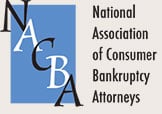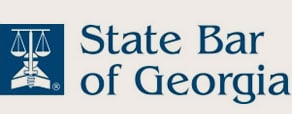This is Part 2 of 4 of our series on how to increase your credit score after filing for bankruptcy. To read part 1, click here. To read part 2, click here.
Seek a product that suits your situation
Your pre-bankruptcy payment history will make you look like an extremely risky borrower to lenders. You can fix that problem by providing extra assurances that they won’t lose money by lending to you. Here are four ways to improve your financial respectability and get credit to help rebuild your score:
Secured loan: This comes in two varieties, and most often is offered by credit unions or community banks. One kind of secured loan involves borrowing against money you already have on deposit. You won’t be able to access that money while you’re paying off your loan. The other kind can be made without cash up front, though the money loaned to you is placed in a savings account and released to you only after you have made the necessary payments. In return, the financial institution agrees to send a report about your payment history to the credit bureaus.
Secured credit card: This kind of card is backed by a deposit you pay, and the credit limit typically is the amount you have on deposit. A secured card often has annual fees and may carry high interest rates, but you shouldn’t need it for the long term. It can be used to mend your credit until you become eligible for a better, unsecured card.
Co-signed credit card or loan: This can help your score, but you need to have a friend or family member with good credit history who is willing to co-sign for you. It’s a big ask: A co-signer is risking his or her credit reputation for you, will be on the hook for the full amount if you don’t pay, and may face limits on personal borrowing because of the additional debt obligation. A co-signed card or loan can damage relationships if you don’t pay as agreed.
Authorized user status: If asking someone to co-sign is too much, you could instead ask to be an authorized user on that person’s credit card. But make sure the credit card will report payment activity by authorized users to the credit bureaus, or it won’t help build your score.
This route won’t boost a score by nearly as much as the other methods, because authorized users don’t have ultimate responsibility for repaying debt. (It is much more likely to help someone who has a “thin file” with little credit information in it than someone who has a file chock-full of negative information.) But this path won’t hurt, so you may want to pursue it.
If you’re trying to raise your credit score after bankruptcy, we have created an online course just for people like you. This online course will give you simple strategies to raise your credit score to 720, in just 12 to 24 months! That's right - you will be on your way to the best credit score you ever had in two years or less!






